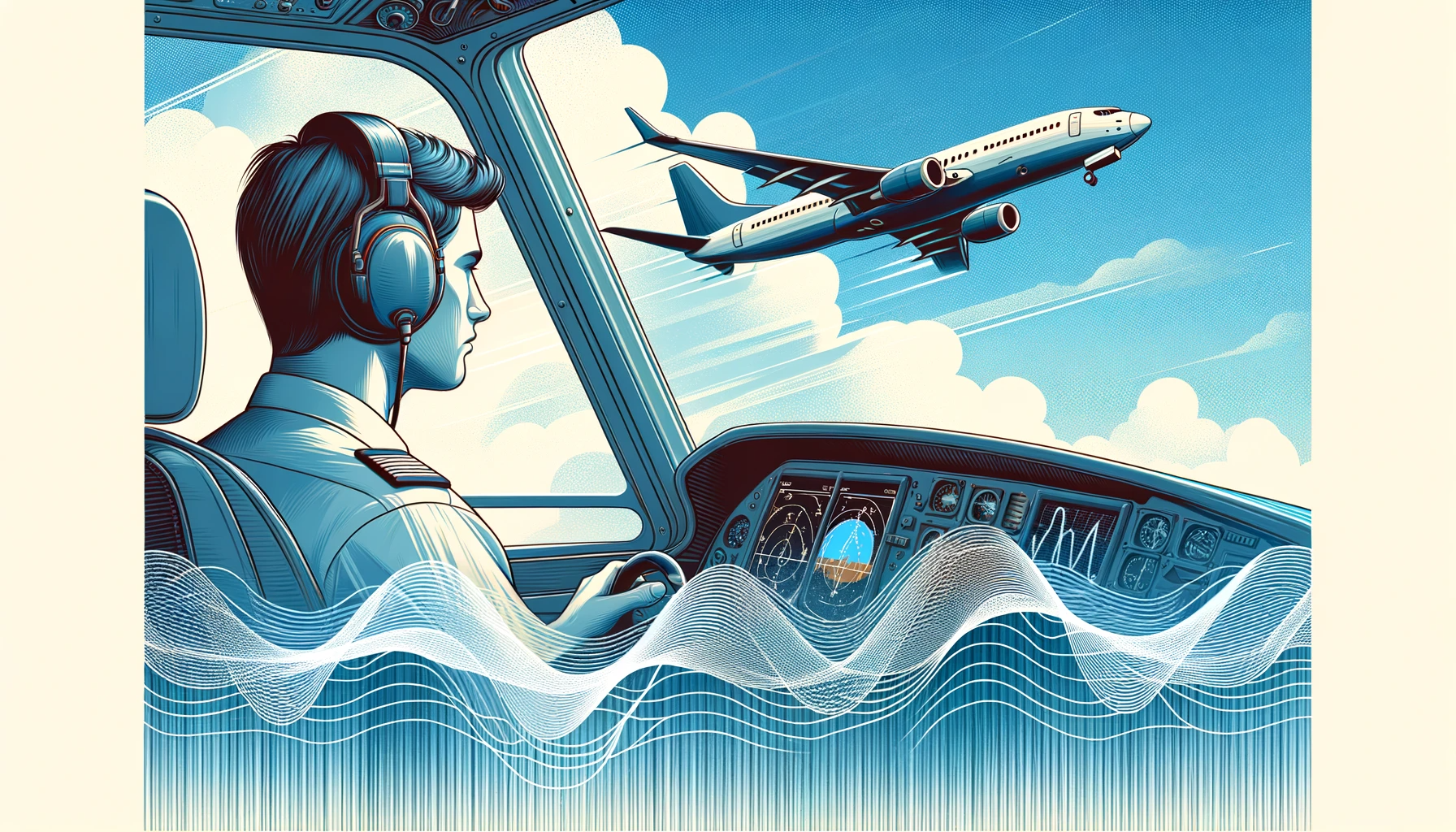Hey aviators! Ever had that not-so-perfect landing that you just can't shake off? You're not alone; mastering landings is a rite of passage in aviation. So, let's dig deep into what makes a landing go from "meh" to "majestic."
What's on the Radar Today 📡
- The Three Rs: Rhythm, Reaction, and Routine
- Power Play: Managing Your Throttle Like a Pro
- The Final Countdown: The Last 300 Feet
- Your Homework: Take It to the Sky
- Wrapping Up: Landing the Message

The Three Rs: Rhythm, Reaction, and Routine 🎶
Ah, the Three Rs—no, we're not talking about Reading, wRiting, and aRithmetic. In aviation, it's all about:
- Rhythm: Getting a feel for the airplane's movements and syncing with them. Know thy aircraft and Don't fight it, ride it.
- Reaction: Knowing when to make adjustments and when to let the plane do its thing. I have seen too many students make throttle unneeded adjustments because they feel like they should be doing something rather than relax and trust the glide. Practical advice: Overcontrolling often leads to overcorrection. Trust your training and don't be too heavy-handed. Pry those white knuckles off that yoke.
- Routine: Stick to your checklist and make it a habit. Consistency is key. When teaching a student to land teach them by the numbers. Abeam point: Throttle to 1700 RPM, Carb Heat Out, Flaps 10 degrees. Easy as 1-2-3. Do not teach them by feeling because they do not know just yet. Bring definitive numbers to your instruction and you will start to see your students consistently follow that same landing routine until it is locked into memory.

Power Play: Managing Your Throttle Like a Pro for Landings 🛬
The Throttle Dance 💃🕺
Imagine your throttle is your dance partner in the tango of a landing. It's all about give and take:
- Give a little power: When you're coming in and the runway seems to be escaping you, add a touch of power. Think of it as extending your hand to keep the dance going.
- Take a little back: If you're descending too slowly or you're going to overshoot, ease back gently. It's like a subtle pull to guide the dance in the right direction.
Stabilized Approaches are King 👑
Remember, your goal is a stabilized approach. This means you've got to set your power early and adjust in small doses:
- Set it and forget it...almost: Once you're on final, find a power setting that mostly works and make tiny adjustments. This isn't the time for big moves.
- Fine-tune with finesse: Treat those adjustments like you're adjusting the focus on a camera. Tiny, precise movements until everything's just right.
Power for the Path 🛤️
Your throttle directly influences your glide path. Use it wisely:
- Too low? Add a smidge of power. Not to climb, but to lessen your descent rate. You're aiming to kiss the runway, not smack it.
- Too high? A gentle ease back on the throttle. But watch your airspeed; don't let it bleed off too much.
The Last Words on Throttle: Practice, Patience, and Precision 🎯
And the most important thing? Practice. Every plane and day is different. The more you dance with your plane, the better you'll understand its moves.
- Practice: Get out there and fly. Set up different scenarios for yourself.
- Patience: You won't nail it every time, and that's okay. Each landing is a lesson.
- Precision: Work towards making those small, precise inputs.
The Final Countdown: The Last 300 Feet 🎯
Alright, let's get into the thick of it—those critical last 300 feet before your wheels kiss the tarmac. Here's the play-by-play:
1. Aim for the Numbers 🔢
First off, those runway numbers are more than just decoration. They're your targets. So, every time you line up for landing, make those numbers your aim point. Doesn't matter if it's Runway 3 or Runway 21; those digits are your friends.
2. The Inside Cowling Trick 👀
As you get down to about 10-15 feet, your plane's inside cowling is going to start hiding those numbers. This isn't a bad thing—it's actually your cue. It's the universe's way of telling you, "Hey, shift your gaze down the runway." So listen to it. That's when you also ease off the throttle and get ready to tango with the ground effect.
3. Level Out in Ground Effect ✈️
When you're floating in that sweet spot just above the runway, you're not flaring just yet. You're leveling out, coasting on a cushion of air. This is where patience is a virtue. Let the plane settle, and feel that slowdown.
4. Eyes Down the Runway 👁️
Keep your vision locked down the runway. Why? Perspective. You'll be able to tell how high you are and how fast you're sinking. That way, you won't be surprised by the ground—it's an important relationship.
5. Add Back Pressure Gently 🛬
As you sense that descent getting real, it's time to romance the yoke. Ease back on it just enough to raise the nose to a landing attitude. Think of it like a first date—gentle and gradual. Let the mains touch down first. No sudden moves. It's all about finesse.
Your Homework 📚
Your challenge, should you choose to accept it, is to consciously apply the Three Rs during your next landing. Think about the numbers (RPM, Flaps, Airspeed, Altitude, etc) in each step of the landing process. Take note of what works for you and adjust from there. Also try out my Inside Cowling Trick for your next landing.
Wrapping Up 🎁
Mastering landings is a journey, not a destination. The key is continuous learning and adaptation. Stay tuned for our next newsletter where we'll dive into navigating through turbulent weather conditions. Until then, safe landings!
